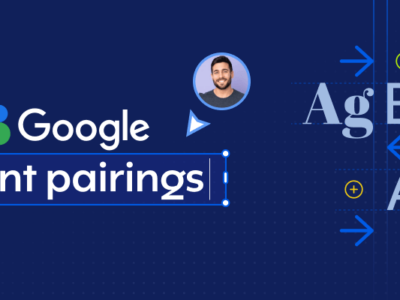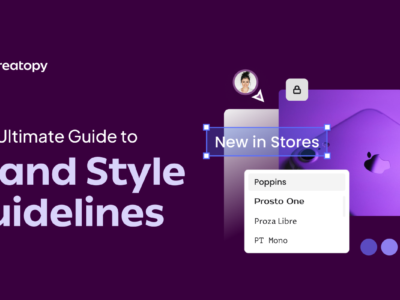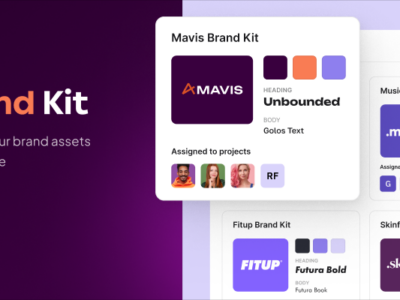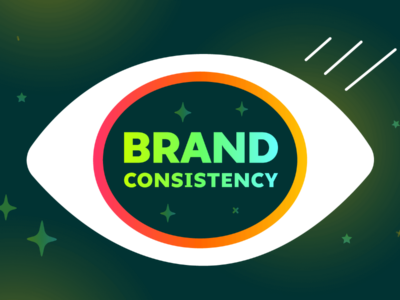Internet users and TV viewers see hundreds of ads during the average day. Many are so desensitized to these marketing efforts that they simply tune them out. This creates challenges for companies. They need effective campaigns to stand out from their competitors and attract new customers, but they don’t want to spend on ads that aren’t going to yield a positive return on investment.
In response to this challenge, businesses have turned to solutions like highly visible branding. The goal of high-visibility branding is to create promotional content so attention-grabbing that it is impossible to ignore.
This approach gives advertisers a better chance of getting a return on their marketing investment because the audience sees the brand instead of simply ignoring it.
The strategy can be especially effective for dealing with issues like banner blindness.
What Is Banner Blindness?
Banner blindness is a psychological state of disregard among internet users who are so overexposed to marketing content that they involuntarily tune out online ads. The user might be cognizant of a digital advertisement’s presence but they are able to automatically refrain from engaging with and reacting to its content.
Users know where banners are on web pages and what they look like. In a sense, they train themselves to habitually ignore these areas. Even if they see them, their brains do not process any information from the banner.
Banner blindness is a result of cognitive schemas. Schemas are frameworks that people use to assess and interpret information. For example, in social situations, you automatically process information that tells you when to shake hands, introduce yourself, speak, or stay silent.
Your brain also has a framework for how to find information online. The rules of that particular schema may include ignoring banners or text that are irrelevant.
Why Is Banner Blindness a Growing Problem for Marketers?
Banner blindness can be an increasingly troublesome issue for marketers because it’s becoming more and more important to attract consumers with online ads. In 2022, over 57% of people worldwide used the internet. That number is projected to grow to over 59% in 2026, and according to Oberlo, the average person spends over 6.5 hours online per day. With so many people using the internet, it’s essential to meet them where they are. However, banner blindness can make that a little more difficult.
According to the Journal of Research in Interactive Marketing, “Given the prominence of banners in online marketing, it is also necessary to tap the potential of creativity of banner ads.” Creative marketers must find ways to emotionally engage their audience, which can come down to presenting a brand in a new way that consumers don’t normally see with banners.
Fortunately, solutions to banner blindness may be simpler than people think. Creating eye-catching ads, such as animated banners, can get the attention of page viewers who are conditioned to ignore static ads.
What Is “Overstimulated Branding?”
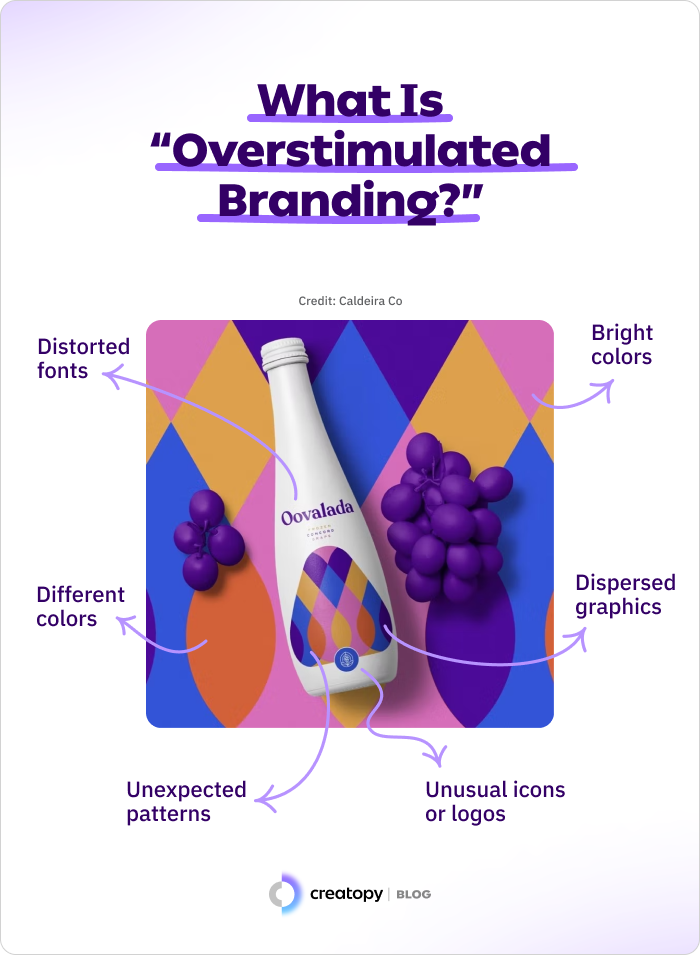
Overstimulated branding is a graphic design style that employs bright colors or many different colors, distorted fonts, and unusual icons or logos to catch the viewer’s attention.
Other techniques include using large amounts of space, creating dispersed graphics, or using unexpected patterns. Animation and video banners also sometimes fit into the overstimulated category.
This type of branding differs from traditional branding. The primary goal of overstimulated designs is to gain the attention of banner-blind consumers who habitually ignore standard banners.
Traditional visual branding focuses on logos and messaging consistent with the company’s brand image. This approach is meant to help the company differentiate itself, but not necessarily to stand out in an ad-saturated environment.
How Highly Visible Branding Can Overcome Banner Blindness
Overstimulated branding is meant to evoke a response from viewers. Studies have shown that certain elements on web pages, including many of the traits found in overstimulated branding designs, gain viewers’ attention more than standard static ads.
For example, on a static page with other advertisements, viewers will first notice elements that have motion. For marketers, getting attention could involve using a GIF banner with eye-catching patterns moving across the screen or a simple video ad with items moving in unexpected directions.
For example, on a static page with other advertisements, viewers will first notice elements that have motion. For marketers, getting attention could involve using a GIF banner with eye-catching patterns moving across the screen or a simple video ad created with a powerful video ad maker, featuring items moving in unexpected directions.
Remember that people are conditioned to ignore banner ads. The goal of visible advertising is to break the expectations of what an ad looks like. The unexpected visuals can get attention and overcome the habitual response to banner ads.
Branding Styles Similar to Overstimulated Branding
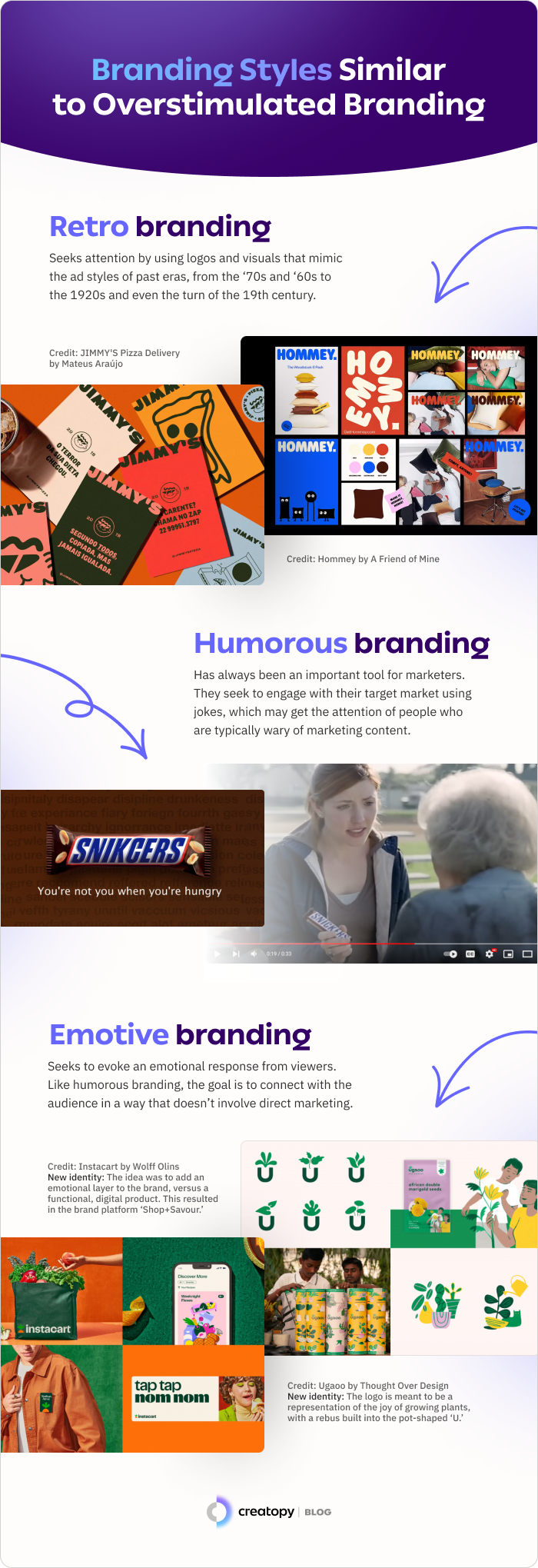
There are other styles meant to break the mold and get attention from banner-blind viewers.
- Retro branding seeks attention by using logos and visuals that mimic the ad styles of past eras, from the ‘70s and ‘60s to the 1920s and even the turn of the 19th century.
- Humorous branding has always been an important tool for marketers. They seek to engage with their target market using jokes, which may get the attention of people who are typically wary of marketing content.
- Emotive branding seeks to evoke an emotional response from viewers. Like humorous branding, the goal is to connect with the audience in a way that doesn’t involve direct marketing.
The most effective method for a specific brand or company will depend on its market, where they advertise, and who its target audience is.
Best Practices for Highly Visible Branding
Highly visible branding techniques can help solve problems like banner blindness. However, the people designing and planning these campaigns still need to follow the fundamentals to ensure they get the best return on their branding and marketing investments.
Here are steps to plan a successful, highly visible branding campaign:
- Use salient colors: Color theory can help you understand how different colors affect the viewer’s emotions. Use colors based on what you want them to feel. And for some extra oomph, experiment with eye-catching color combinations until you hit on just the right mix.
- Use fonts creatively: Don’t just use any old font — prefer fonts that are both alluring and suited to your brand. Check out these examples of banners that excel with their fonts, including Fanta’s ads:
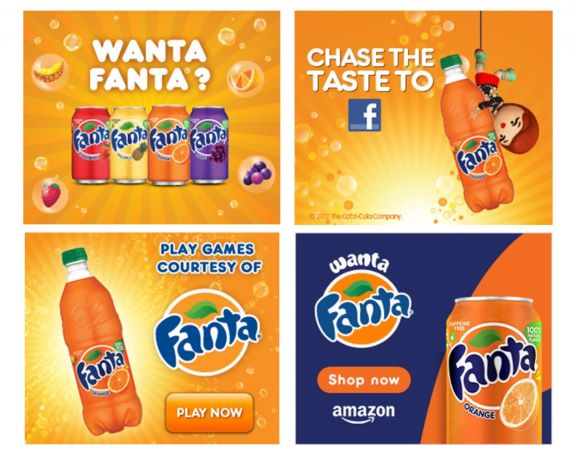
Note how the font is fun, which matches what the brand is going for, and it pops. Or, in Apple’s case, a sleek, classy font matches the image in this ad:
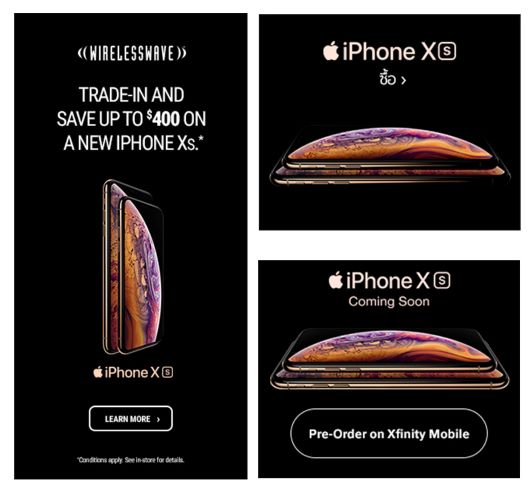
Note how the photography flows with the text.
- Use illustrations: Illustrated ads come alive on the screen, and you can really make them sizzle with the right colors and text. For inspiration, check out this illustrated Adidas ad from the campaign Here To Create:
- Use dynamic banner ads: These ads change graphics, text, and messaging based on who is viewing them. This is a highly personalized approach that can really stand out to individuals based on their demographics and interests.
- Avoid traditional ads: Remember internet users automatically tune out banner ads that look like ads. Your first goal is to create ads that don’t look like ads in the traditional sense.
- Test your ideas: It’s impossible to know how your overstimulated ads will work in the real world. You can invest a small amount of money to place several banners and see which one brings the most clicks or views. You can then choose the most successful one for a full campaign.
- Make sure the banner functions correctly: You need to use the correct tools so that the video, animation, or GIF works correctly and loads quickly. Verify the size and file format and use an image resizer to ensure visuals fit within the banner space.
- Use analytics to monitor the banner: Data can help you keep up with ad performance in real-time. You can adjust your spending and focus on the ads and placements providing the best results.
Once you have a successful formula, create a uniform brand across your site, social media accounts, and advertisements.
Examples of Highly Visible Branding
Examples of visible branding include everything from colorful billboards to shocking print ads, animated banners, and eye-catching packaging.
- Liberty Mutual ads combine a mascot (an emu) and an offbeat spokesperson who uses humor to introduce an insurance product on everything from banner ads to TV commercials.
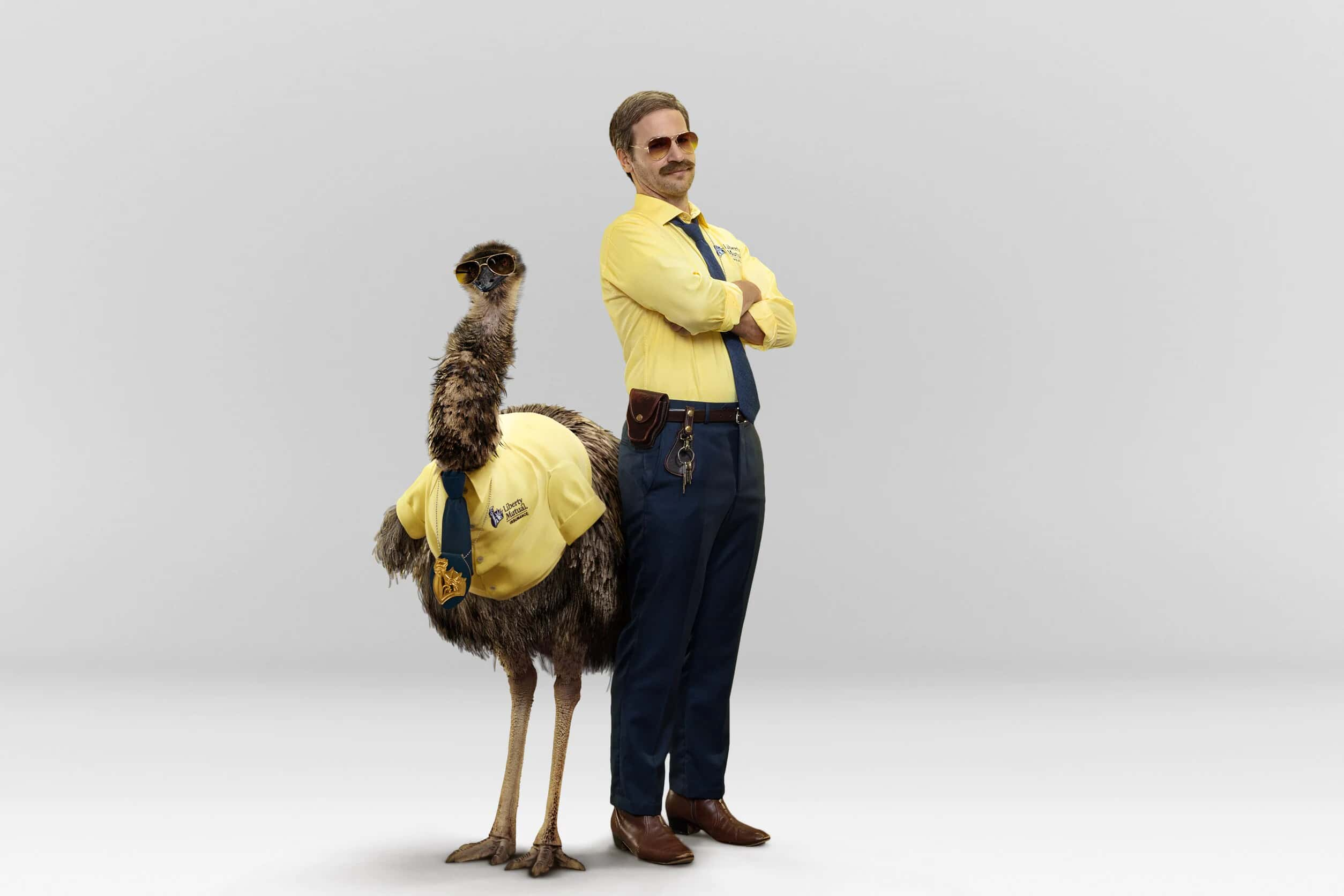
- Skincare brand SK-II uses unique packaging, including tops shaped like doll heads and colorful boxes, to help its products stand out.
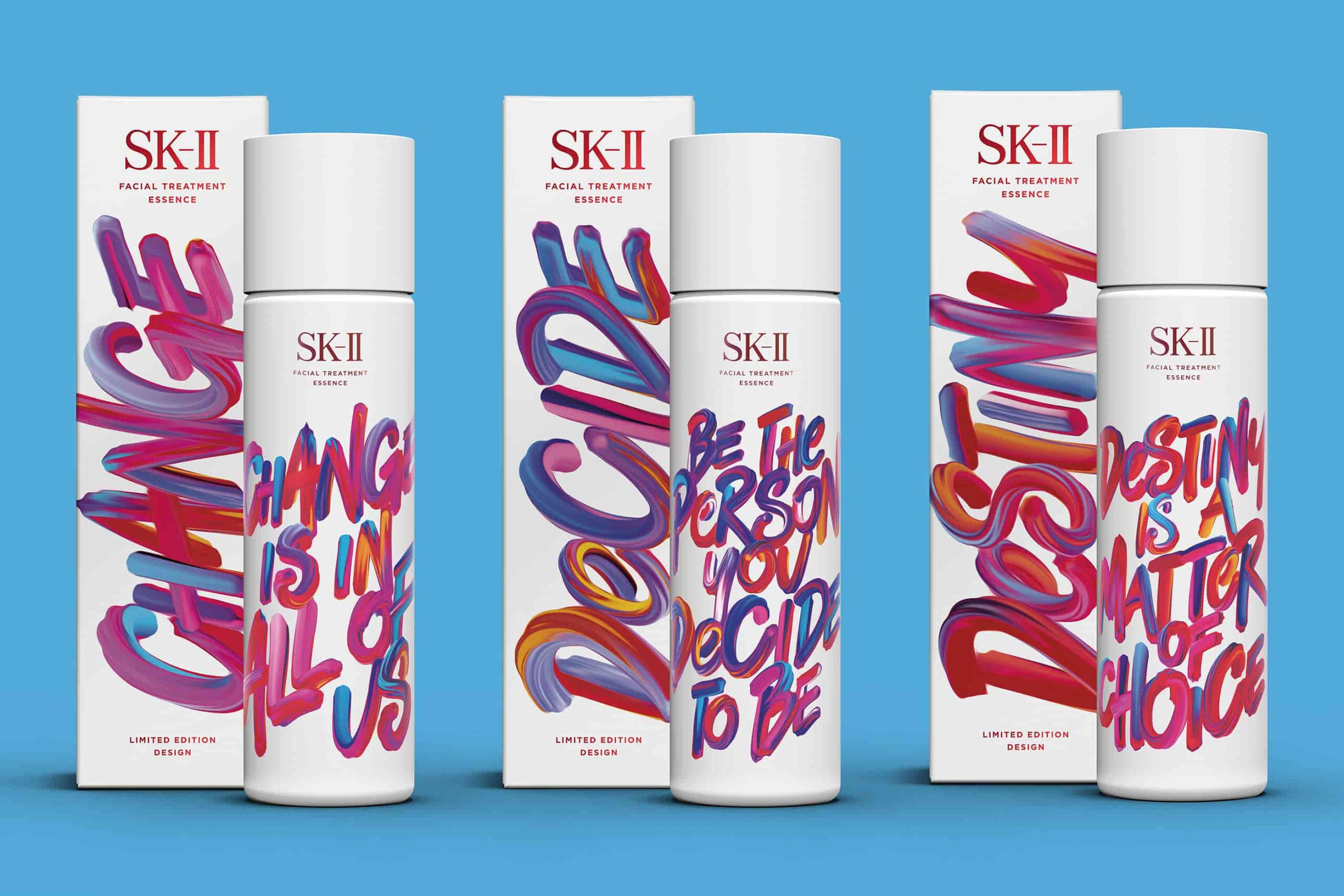
- Evernote has banner ads featuring simplistic graphics that are colorful and eye-catching, but simple at the same time.
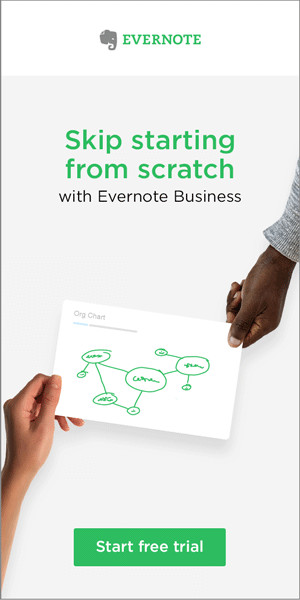
With the right approach, you can create branding that breaks the banner blindness barrier, getting viewers’ attention and improving your brand’s visibility for a better return on investment. If you feel stuck displaying static, same-old ads, you can take control and turn that around with a creative approach. Emphasize life, emotion, and a fresh take on reality with your banner ads. After all, even banner blindness can’t conquer creativity.



